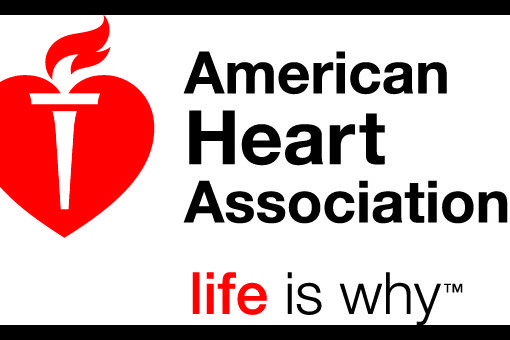
AHA Scientific Statement - Chronic Heart Failure in Congenital Heart Disease
AHA Scientific Statement – The past 60 years have brought remarkable advancements in the diagnosis and treatment of congenital heart disease (CHD).
Early diagnosis and improvements in cardiac surgery and interventional cardiology have resulted in unprecedented survival of patients with CHD, even those with the most complex lesions in congenital heart disease.
“The past 60 years have brought remarkable advancements in the diagnosis and treatment of congenital heart disease (CHD). Early diagnosis and improvements in cardiac surgery and interventional cardiology have resulted in unprecedented survival of patients with CHD, even those with the most com-plex lesions.
Despite remarkable success in treatments, many interventions are palliative rather than curative, and patients often develop cardiac complications, including heart failure (HF). HF management in the setting of CHD is challenged by the wide range of ages at which HF occurs, the heterogene-ity of the underlying anatomy and surgical repairs, the wide spectrum of HF causes, the lack of validated biomarkers for disease progression, the lack of reliable risk predictors or sur-rogate end points, and the paucity of evidence demonstrating treatment efficacy.
The purposes of this statement are to review the literature pertaining to chronic HF in CHD and to elucidate important gaps in our knowledge, emphasizing the need for specific stud-ies of HF mechanisms and improving outcomes for those with HF. In this document, the definition of CHD severity is the def-inition common in CHD documents, including the American College of Cardiology (ACC)/American Heart Association (AHA) guidelines1 for the management of adults with CHD
The definition of HF corresponds to that found in the multiple guidelines on diagnosis and management of HF. Although nuances and specific details may be controversial,4the broad definition from the Heart Failure Society of America guidelines states the following: “In physiologic terms, HF is a syndrome characterized by either or both pulmonary and sys-temic venous congestion and/or inadequate peripheral oxygen delivery, at rest or during stress, caused by cardiac dysfunc-tion.”5 The definition of chronic HF in this document concurs with that of the European Society of Cardiology guidelines, which emphasize chronic HF (whether stable, progressively worsening, or decompensated) rather than acute HF.
Although specific definitions of acute and chronic HF are not univer-sally accepted, we focus here on chronic HF as a persistent syndrome that requires consideration of therapy to prevent progression, decompensation, or death.4This document focuses on the mechanisms and treat-ment of myocardial dysfunction while recognizing that HF symptoms may be attributable to underlying hemodynamic abnormalities such as valve dysfunction, outflow obstruc-tion, coronary abnormalities, or residual shunting.
Therefore, all patients with CHD with HF symptoms should undergo a detailed hemodynamic assessment by CHD-experienced cardiologists for any reversible hemodynamic abnormali-ties and receive appropriately targeted interventions if pos-sible. Treatment recommendations for HF caused by valve dysfunction or ischemic heart disease are addressed elsewhere in the respective ACC/AHA guidelines, including the 2008 guidelines on the care of the adult with CHD.1 Although this document focuses on HF treatment, palliative care should be considered a valuable and needed component of care in all patients with CHD and end-stage HF.6The content of this document covers the age spectrum of pediatric to adult patients with CHD and HF with input from both pediatric and adult cardiologists.
However, the bulk of available literature focuses on adult patients, in whom there is a greater relative burden of HF, presumably reflecting the natural history of CHD. Thus, the majority of the discus-sion herein is more applicable to adults with CHD and HF, although, whenever possible, specific issues in pediatric patients are discussed.Some features of HF in CHD are common across diag-noses and are discussed in the general overview. However, special emphasis is given to topics with unique anatomic and physiological considerations, in particular patients in whom the right ventricle (RV) is more vulnerable, whether in the normal subpulmonic position or as the systemic ventricle, and patients with single-ventricle (SV) physiology. In addition, there are variations in pressure or volume loading of the left ventricle (LV) that are unique to CHD, which are discussed separately.”

